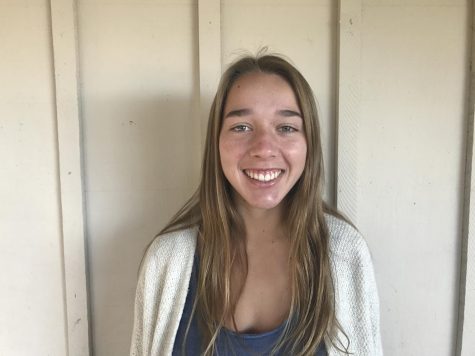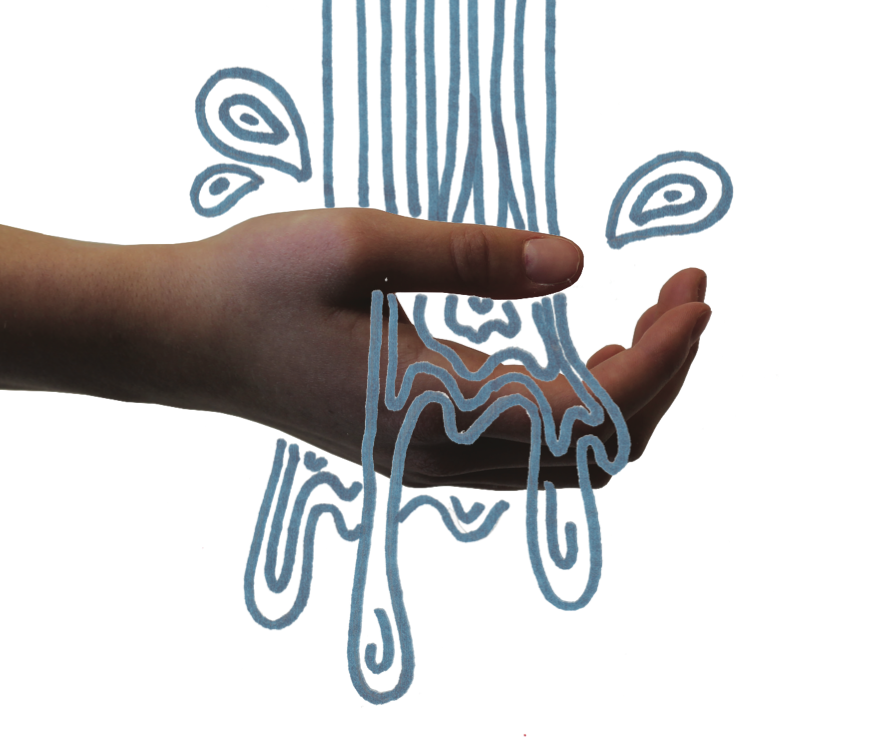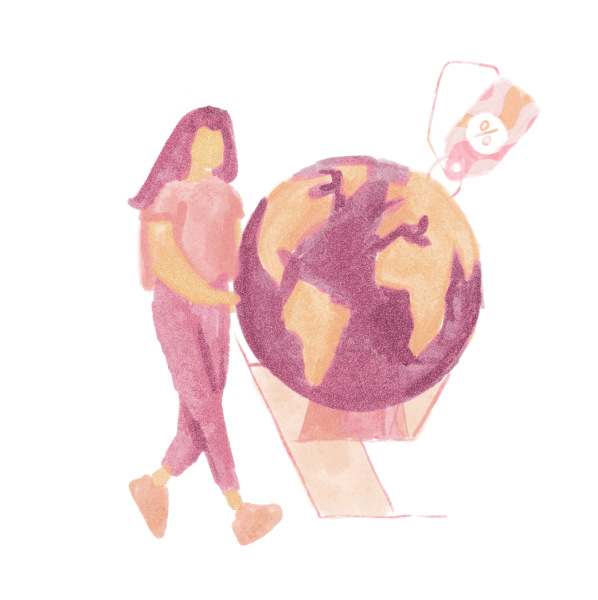Day Zero: a City Without Water
Some time this June, Cape Town, South Africa is predicted to run out of water. We recognize this as the first of many potential water crises throughout the world.
Drought continues to be a very common, close and real concept to all of us who live in Santa Barbara. Over the past couple of years, we have all had to shorten showers, limit washing machine cycles and ultimately do our best to conserve water. However, the drought we face does not compare to the water crisis happening now in Cape Town, South Africa.
Day Zero is the day Cape Town will run out of running water, sometime this June, depending on the success of water conservation efforts.
Cape Town is the second largest city in South Africa and a popular tourist destination, with beautiful beaches, wine tasting, and endless other attractions. In 2014, Cape Town’s water reservoirs were overflowing, and the city was seen as an example of one with sophisticated water conservation policies.
So, how did this happen to such a popular and developed city?
It all started in 2015 when Cape Town began to face its biggest drought in over a century. A terrible problem in the city’s water system was exposed: around 99 percent of Cape Town’s water comes from dams that rely on rainfall. As Cape Town began to face a horrible three-year drought, the reservoirs got emptier and emptier.
Now, the people of Cape Town are playing a delicate game with water, from recycling bath water to limiting showers and using lots of hand sanitizer.
However, urban usage of water did not initially go down as much as one would hope and expect.
In an attempt to conserve water as long as possible and push Day Zero back, a new policy was enforced as of February first allowing only 50 liters (13.2 gallons) a day per person. 50 liters is roughly a 6-minute-long shower, which is about one-fourth of what the average American uses in a day.
Day Zero will begin when the water levels of the six dams that provide for Cape Town fall below 13.5 percent of their capacity, making the city essentially dry.
On Day Zero, residents will only be allowed 25 liters (6.6 gallons) a day per person and will have to go to water collection sites to pick the water up. Nearly 4 million residents will be affected and each water collection point will serve roughly 20,000 people, many of whom will have to travel far to the sites.
This poses many potential problems. Wealthy residents -will be able to buy water or have easy transportation to community water distribution centers. However, low-income residents do not have any clear solution for collecting water easily. For those who live far away from distribution points and lack reliable transportation, just getting water for the day becomes a very real challenge.
Landon Neustadt, a science teacher at Laguna Blanca, agrees, “Those with little income will face difficulty buying water or getting to community distribution centers.” Neustadt adds, “For those who do not get adequate access to water, there is potential sanitation problem — limited access to toilets and water for cleaning. This could lead to disease problems.”
Eric Faust, who teaches environmental science at Laguna said, “The crisis will only increase the divide between those in power and the powerless.”
Day Zero is currently estimated to hit sometime in the beginning of June. For now, citizens can only hope that rain comes in June, the beginning of the rainy season in Cape Town.
Different people and organizations are working on ideas to help or even solve this massive problem, from crazy ideas like dragging an iceberg to Western Cape to more practical ones like collaborating with I-Drop Water, a nonprofit organization that distributes water purification systems to shops and grocery stores.
Neustadt believes the solution to this water crisis is for Cape Town to “Diversify its water supply by improving groundwater management, developing desalination systems, increasing water conservation, recycling wastewater and improving irrigation efficiency.”
Cape Town is just the first city to face this problem and most likely won’t be the last. With the climate changing and many places facing changes in rainfall patterns, more places are going to face water shortages.
In the Sierra Nevada Mountains, according to Neustadt, more precipitation is falling as rain and less is falling as snow. This is causing problems because “The snowpack in the Sierras is the major supply of water for agriculture in the Central Valley and urban areas of Southern California.” Neustadt explains, “We don’t have enough dams to store all of the runoff. We rely on the water being stored as snow until it starts to melt in the spring.”
In order to begin tackling the water shortages throughout our world, Faust thinks we must first “make a base amount of water relatively free and, after that, the cost of water needs to rise exponentially to the point where no one can afford to waste water.”
Overall, droughts are going to be more common as rainfall patterns change. Most people do not think enough about water shortages or droughts until they happen.
Fortunately, Neustadt informs, “Our local governments have made great progress in diversifying our water sources and we have also made great progress at conserving water.”
However, this change is not enough. Faust said, “Our priorities are not in line with larger existential threats to our continued way of living and this will likely mean that it will be left to your generation to pay the cost associated with these failures of common sense and good domestic policy.” He continues, “Let’s only hope that a generation of Americans and global citizens will find the goodwill to sacrifice those things that they may have grown accustomed to.”
Your donation will support the student journalists of Laguna Blanca School. Your contribution will allow us to purchase equipment and cover our annual website hosting costs.

Kendall White is a senior this year and is a returning member of the Fourth Estate staff. In her free time, Kendall likes to play sports, bake, and be...

Sonya is a Junior at Laguna Blanca School and is a returning member of the Fourth Estate Staff. She the Art and Design Director for the Fourth Estate Magazine...











































